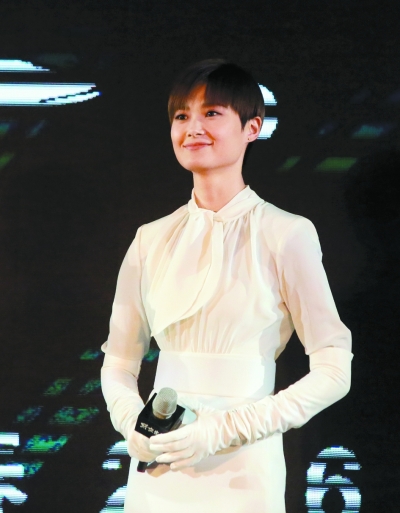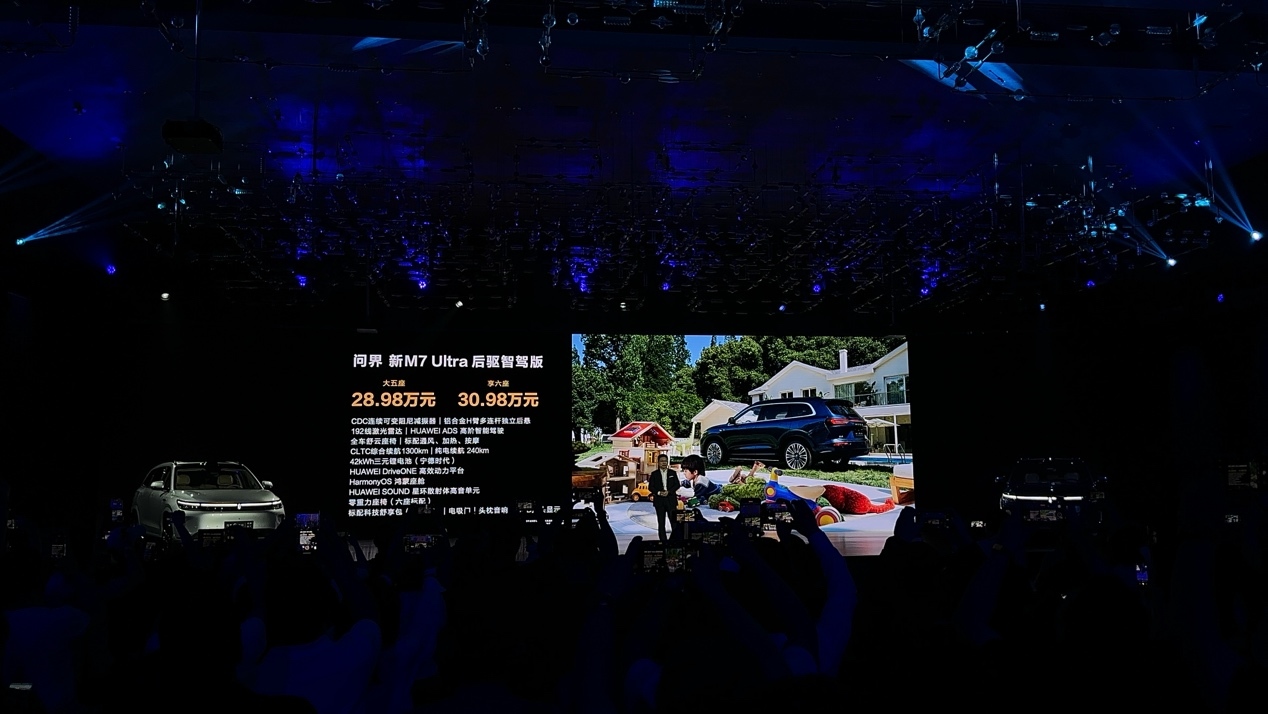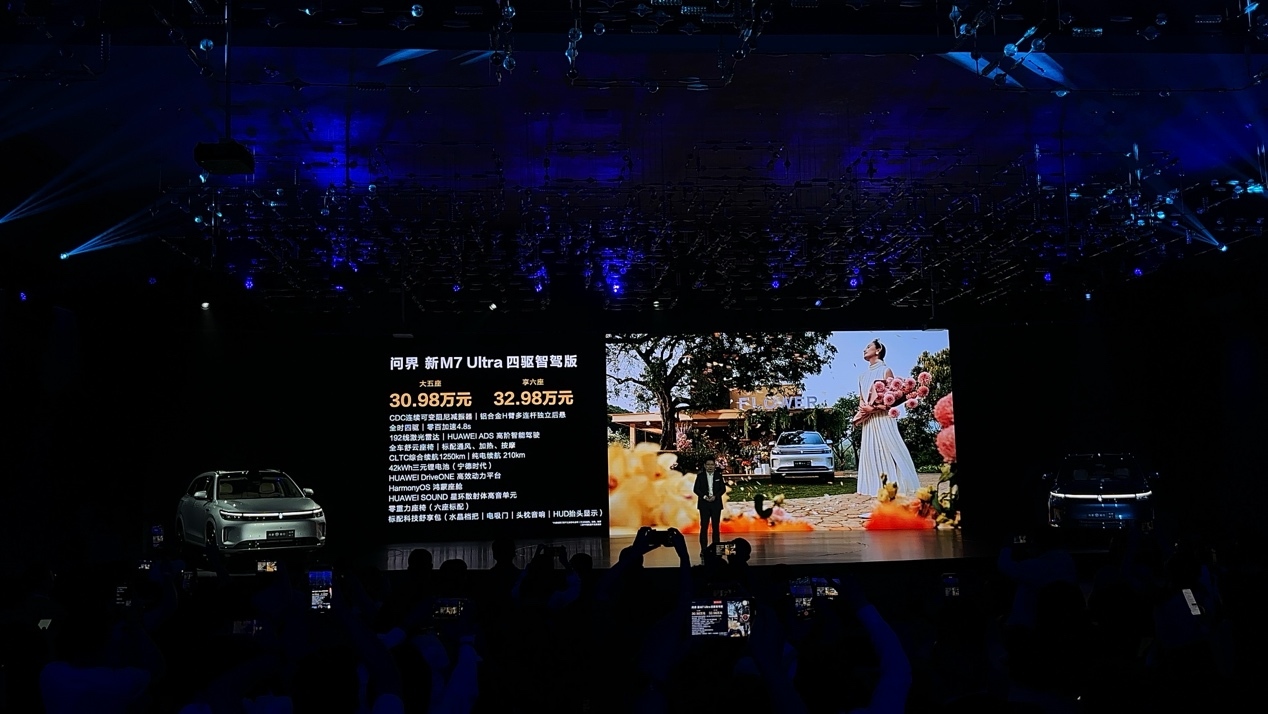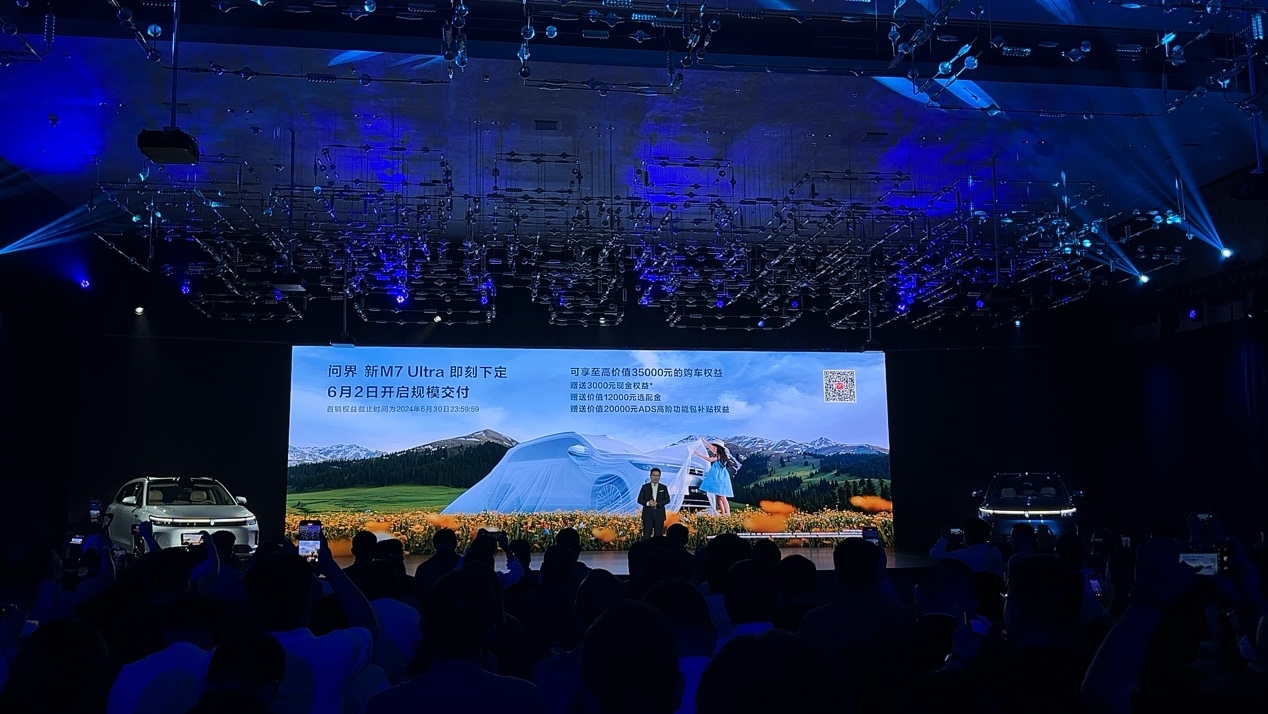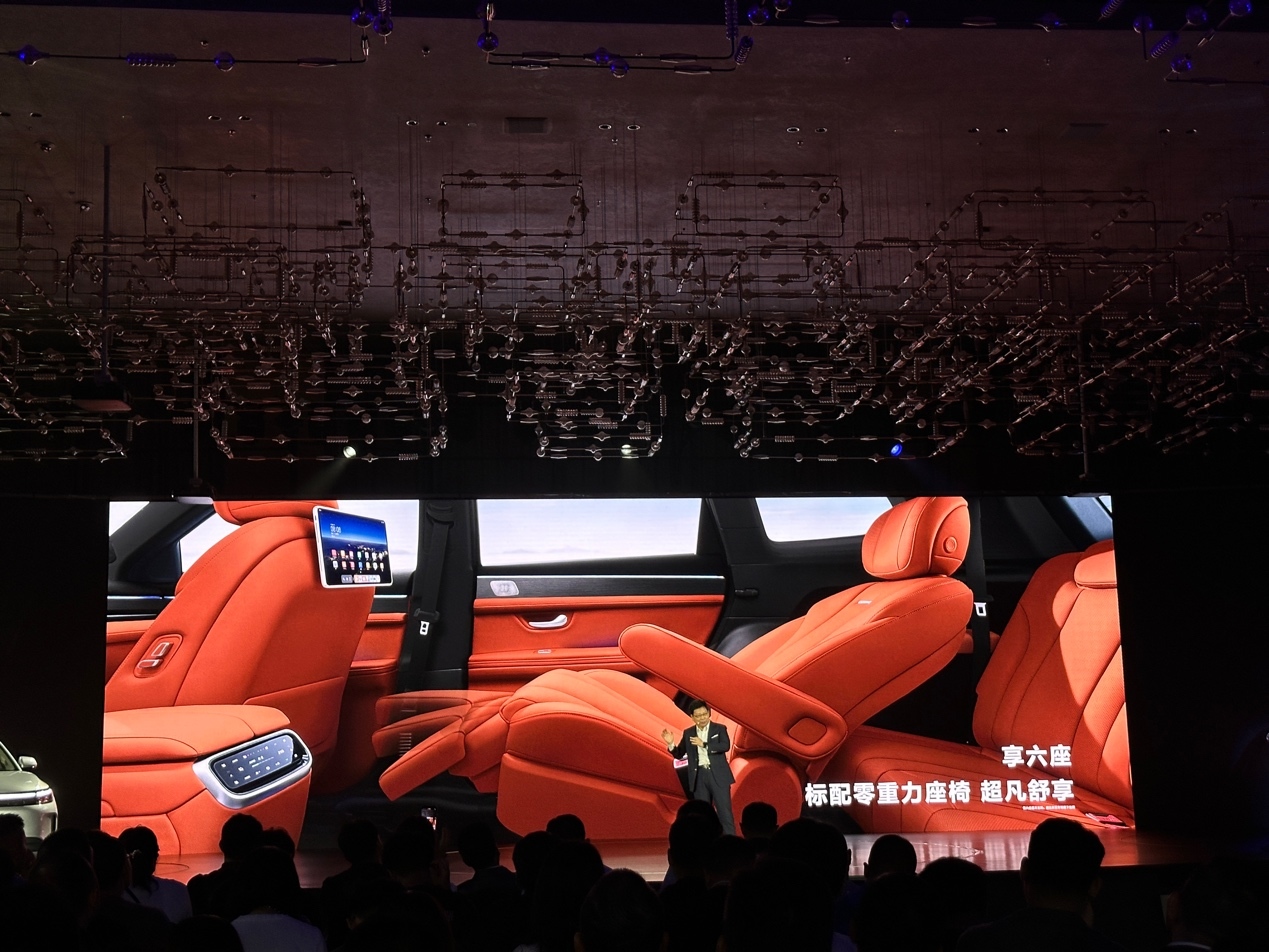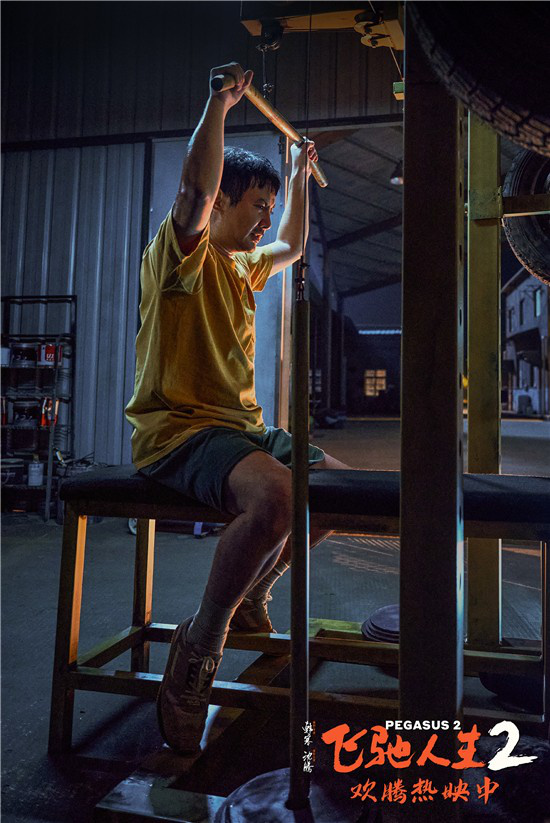Special feature of 1905 film network I believe many people still remember the video of Keaton Jones, a Tennessee kid, accusing school bullying not long ago.

He cried excitedly to his mother, and he was teased by his classmates because of his appearance. At a young age, he didn’t understand the motives of these behaviors, but he was disappointed with his surroundings and didn’t want to go back to school.

It was not until the video spread on the Internet and attracted the attention of celebrities including Chris Evans, Mark Alan Ruffalo and Justin Bieber that Jones’ experience was alleviated. And his middle school has finally taken it seriously, and plans to appease him with an anti-bullying rally.

In this way, a campus bullying incident that may have happened around you and me was brought to an end by public opinion.

But we still don’t know the whole truth about the details of Jones’ bullying and the motives of those bullies.
If what happened to Jones is just a fragment presentation. Then, in the new film to be released on January 19th, Xiao Dianjun clearly saw the causes and solutions of campus bullying from a complete bullying incident.

The film not only points out the reasons of school, family and individual involved in "campus bullying", but also gives Xiao Dianjun a warm life guide.(There is a slight spoiler below)

The main character of the film is Augie, a boy who was born with facial deformity and had to undergo 27 operations to breathe normally and recover his hearing.

He was educated at home until he was 10 years old. To this end, his mother did not hesitate to suspend her studies and became a tutor full-time.

Not being in contact with the outside world does not mean that Auggie is ignorant of his "situation". Whenever there are different voices coming, he will wear a helmet to escape.

Staying at home is not a long-term solution. Since his parents decided to let him enter the campus, it means that he must learn to face these different voices and try to reconcile and solve them.

Not surprisingly, Augie was rejected on the first day of school because of her appearance.

However, verbal teasing can still be regarded as a category of pranks. After all, students have no motive to bully him maliciously.

During this period, the clever Augie, with his excellent performance in class, let everyone see his bright spot and gradually brought some friends to him. This makes the students who originally divided their positions into small groups very dissatisfied. The appearance of Ogi means that their forces will be separated and dispersed.

Driven by jealousy, the core members of the small group began to laugh at Auggie by various means without a bottom line, and the intensity has risen from rejection to humiliation.

For example, frequently throwing notes at Auggie and filling Auggie’s cupboard with vulgar paintings.

Even dropped Auggie in the photo, just to see his disappointment.

This time, Auggie put on his helmet again, just as Jones said at the beginning of the article, "It’s not my fault to grow up like this, I don’t think it has any significance or value."

At this important turning point, the film did not fall into the sensational stereotype to render the tears, but instead presented the preferred solution from the three levels of parents, classmates and schools, and made a textbook-like demonstration.
First of all, parents do this.

Auggie’s parents have always used encouragement instead of traditional suppression education. They don’t have "you should do this and that", and they don’t have "it takes two to clap, you must have problems".

From the aspect of Auggie’s appearance, they chose a caring explanation to tell him that home is a harbor that will always inject strength into you, so as to enhance his self-confidence and save his self-esteem.

For example, my mother will patiently explain to him the scar on her face, "Baby, each of us will have our own mark on our face"; Dad would say, "This is my son’s face, and I love it". At the commendation ceremony, when they see their son’s hard work, they will sincerely say "You are a miracle, Augie".
Auggie’s classmates did this.
After Auggie entered school, not many people took the initiative to contact him. One Jack Will didn’t say hello until his parents told him.

Because most students are worried that the group will be regarded as a "traitor" by other members if they act rashly before accepting him. I believe that many children’s shoes have experienced this, but Xiao Dianjun’s view is that the two have not really interfered with each other.

If the original small group takes pleasure in bullying new people and can’t accept this phenomenon, why can’t they make new friends they like? Why can’t you stand up and say no when the newcomer is bullied?

After learning about Augie’s intelligence and kindness, more and more students began to break through the shackles of small groups and even went straight to tell him "I want to make really good friends".

And these friends will stand up for Auggie when he is in trouble.
Auggie’s teacher did this.
Of course, the film also shows a typical negative example. Children in the fifth grade can’t tell whether their behavior is a prank or evil, but if their parents cover it up blindly, it will only make the children worse.

The classmate who bullied Auggie in the film was called by the principal to two powerful parents for "tea". However, the two parents blamed Ogi’s appearance and thought that his existence was the real reason that influenced other students.

Such a selfish approach will only make children think that "I made a mistake, but I don’t admit it, and I am not wrong." But the headmaster didn’t flinch because of his parents’ superior social status. He stood firmly on Auggie’s side and defended his dignity.

The most heartwarming thing about the film is Auggie himself, who still has the courage to overcome the difficulties. In the face of bullying by his classmates, he didn’t fight violence with violence, but chose to be soft with kindness. It is precisely because of this persistence that he finally won the love of the whole class and showed the power of being kind to others.

Some people may think that "Miracle Boy" is just a fight between children. But if you don’t control it from childhood, then when you grow up, it’s not as simple as insulting people in the film.
For example, the film directed by Tetsuya Nakashima focused on the terrible incident of bullying death on campus. Two junior high school students in the film have completely lost confidence in life because of the lack of family care. Their indifference and numbness to life led to the death of a young girl.

The murderer in the film is the victim of campus bullying.
In the Palme d ‘Or, the winner of the 56th Cannes Film Festival, two sensitive teenagers who were bullied by their classmates all day chose to buy guns to shoot at the campus in retaliation because they could not change the status quo of campus bullying. However, before this, there was no one around them who had paid attention to campus bullying.

In the popular American drama Thirteen Reasons in 2017, the death of the heroine Hannah was the result of being criticized and treated coldly by countless people after bullying on campus. In essence, the victim’s herd mentality has intensified in the play, and everyone’s indifference is the murderer.

After watching these movies about bullying on campus, do you still think it’s just a fight between children? If children are bullied on campus when they are young and don’t pay attention to it, do they have to wait until they grow up to suffer more serious injuries?

These may cause a lifelong shadow!
The reasons behind these three films are the neglect of the school, the indifference of classmates and the lack of family education.
The appearance of "Miracle Boy", though as sweet and beautiful as candy, provides an excellent demonstration for the audience on how to deal with campus bullying.
It not only lets us see the power of warmth, but also lets us know what schools, parents and classmates should do to help the victims get out of the haze after campus bullying.









